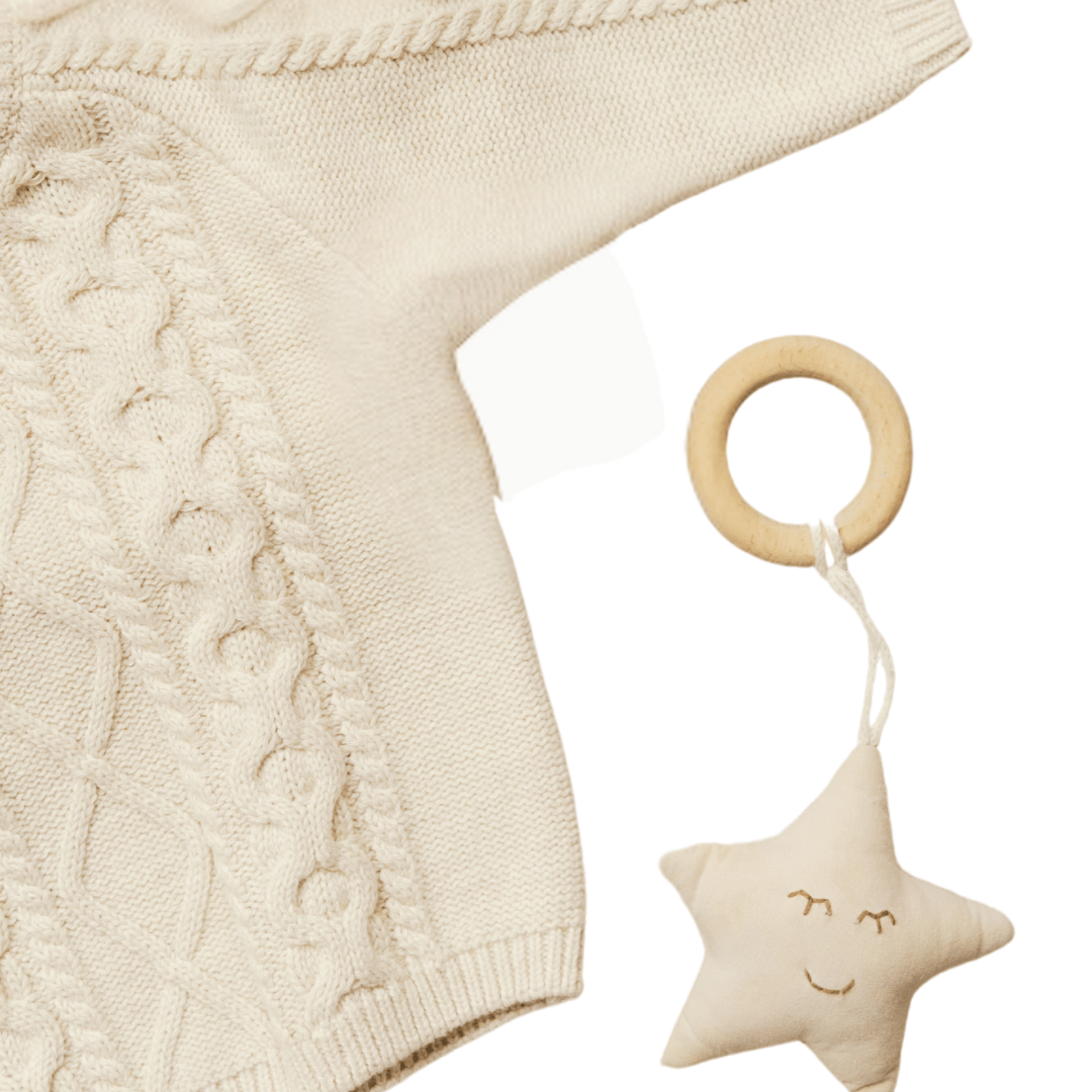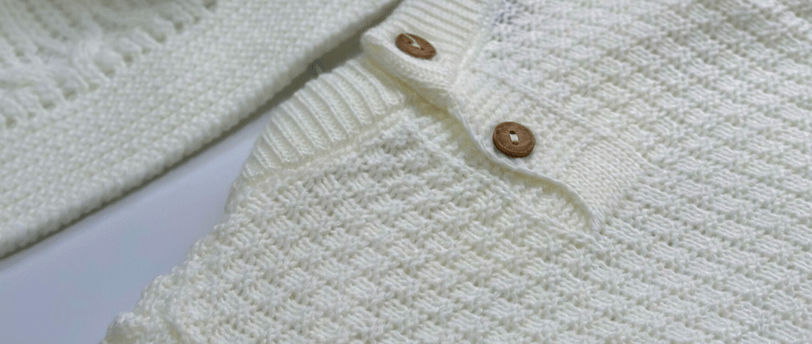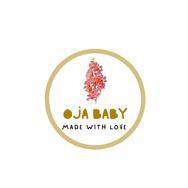
Caring for Babies with Sensitive Skin: A Guide to Choosing the Right Clothing
It may be easy to forget, in the soft blur of early days, just how fragile and responsive a baby’s skin can be. The world is all sensation for a newborn—warmth, touch, a gentle breeze through a window. For babies with sensitive skin, these sensations can quickly shift into discomfort or irritation, turning quiet moments into restless ones. For many families, the search for comfort starts right at the surface: with what their child wears every day.
4/21/20252 min read


Why Are Some Babies More Sensitive?
The science is clear—an infant’s skin is thinner, more permeable, and produces less protective oil than adult skin. This fragile barrier is much more likely to react to environmental factors, including the materials and chemicals in clothing. According to research published in Pediatric Dermatology, baby skin absorbs substances more readily. This leaves little ones more vulnerable to irritants, allergens, and even traces of laundry products that adults scarcely notice (Vogt et al., 2020).
Babies with pre-existing sensitivities—such as eczema or allergies—require extra caution, as exposure to certain fabrics, dyes, or textile treatments can trigger redness, rashes, or itchiness.
What Should You Look For in Baby Clothing?
When guiding families through the maze of baby clothing choices, the focus should be on simplicity, purity, and gently-made fabrics. Here’s how science can lead the way:
1. Choose Organic, Certified Fabrics
Opt for GOTS-certified organic cotton or similarly regulated natural fibers. A 2020 study in Environmental Science & Technology detected chemicals like formaldehyde and azo dyes in conventional textiles, which have been linked to skin irritation and contact allergies (Liao et al., 2020). Organic fabrics are grown and processed without harsh chemicals, offering a safer, hypoallergenic foundation.
2. Look for Softness and Breathability
Natural fibers like organic cotton are soft, breathable, and gentle against sensitive skin. Avoid synthetic blends, which may not allow air to circulate and can trap heat and moisture—factors that can worsen irritation.
3. Say No to Unnecessary Additives
Steer clear of clothing with heavy dyes, prints, or fabric finishes. Often it is these extras—added for looks or function—that hide the most allergens. Simpler designs, in natural or light colors, lower the risk of unwanted reactions.
4. Prioritize Thoughtful Laundry Habits
Wash all new clothes before first wear with a mild, fragrance-free detergent, as recommended by pediatric skin experts. Residues from the manufacturing or packaging process may linger, and gentle washing ensures peace of mind.
A Final Note from Oja Baby
Every baby is unique, and sensitive skin only deepens that individuality. The right clothing offers more than style or convenience—it is a layer of care, a barrier of protection, and sometimes the difference between calm and discomfort.
At Oja Baby, supporting healthy, happy beginnings means paying attention to both the story and science behind each piece. For babies with sensitive skin, small choices carry big meaning, and every soft thread can help ensure their world feels as gentle as possible.
References:
Vogt, P. M., et al. (2020). Pediatric Dermatology.
Liao, C., et al. (2020). Environmental Science & Technology, 54(8), 4256–4267.
United States National Eczema Association. (n.d.). Clothing and eczema.
